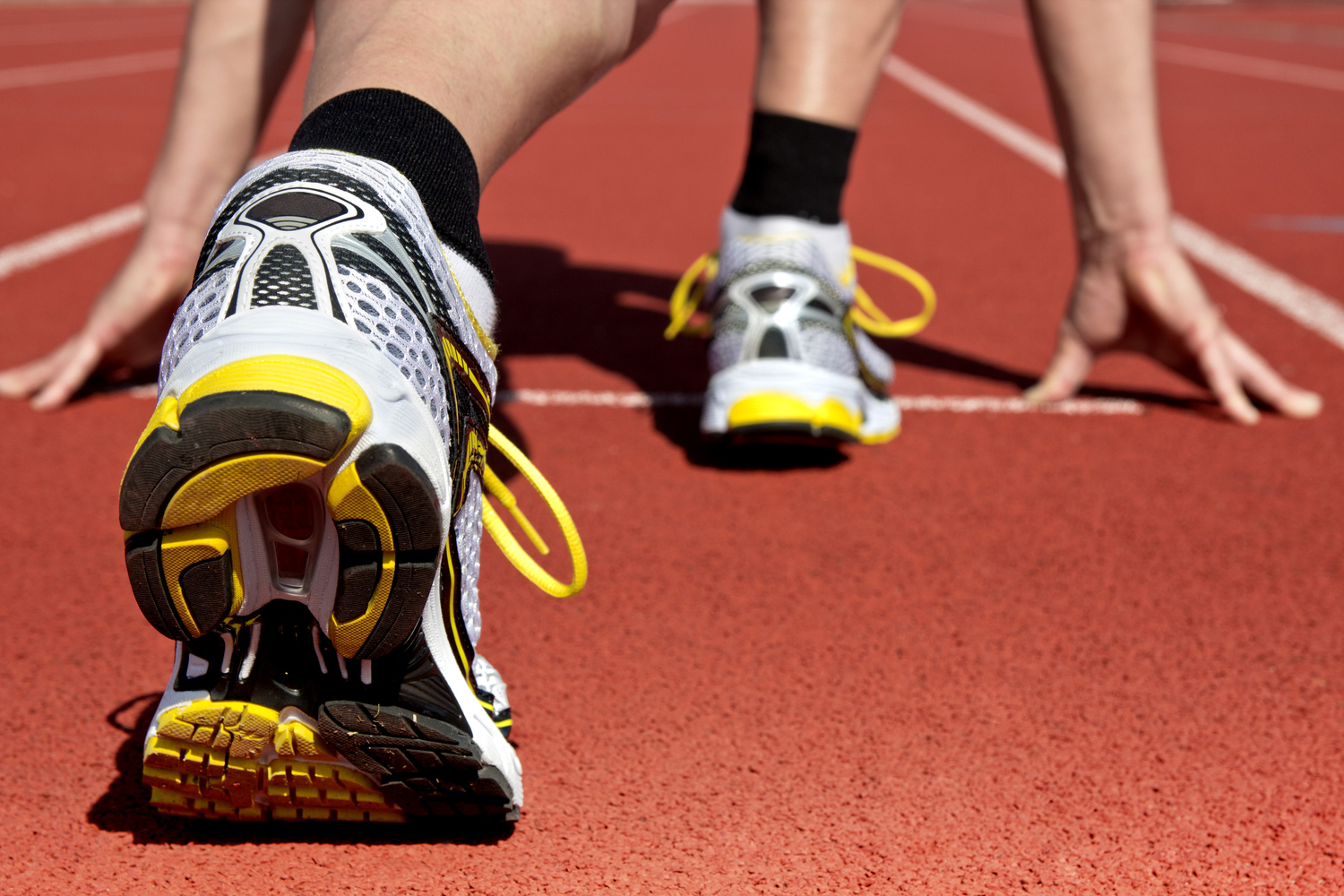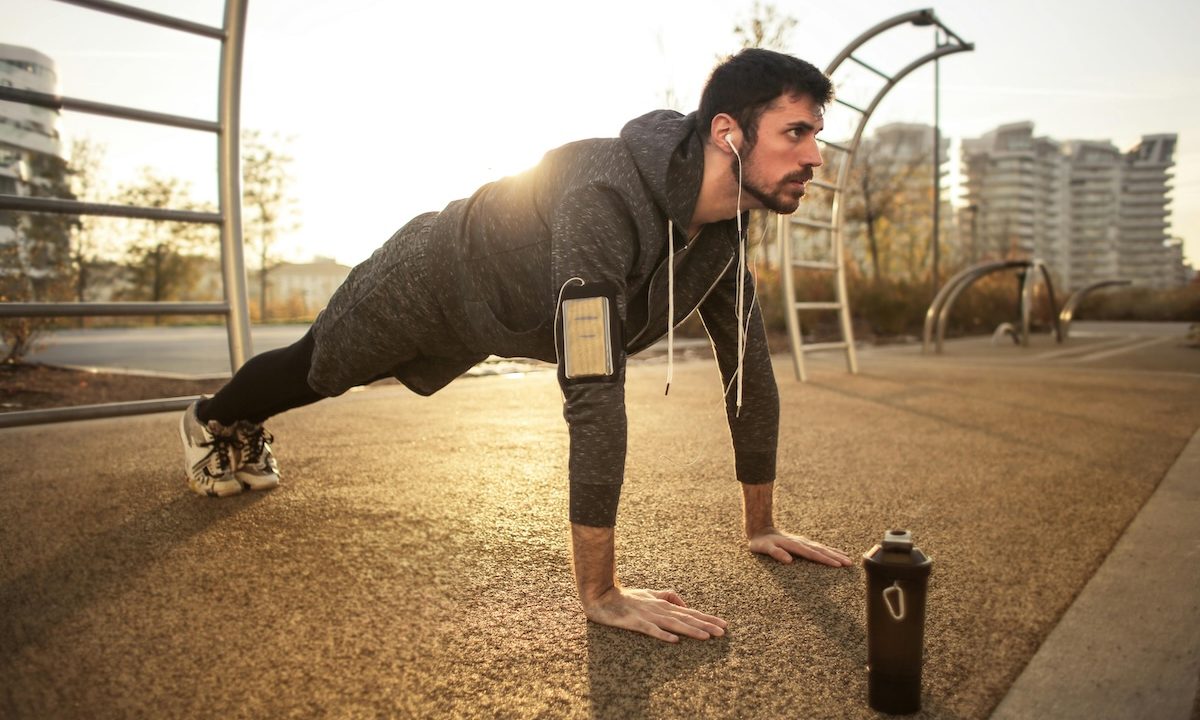Running is exhilarating, and you can run on the treadmill, in the neighborhood, or out in some of the most enchanting places in nature. All you need is a good pair of running shoes and maybe a few other supplies like a bottle of water, headphones, and a device to play music. Of course, running provides plenty of benefits, but there are also risks. According to Yale Medicine, frequent runners have a higher risk of injury, either from falling or, more commonly, from overuse. A new study published in the British Journal of Sports Medicine shows runners can lower the risk of injury by strengthening your hips and core.
Running is high impact

Running is high-impact because both of your feet aren’t always in contact with the ground. When your foot hits the ground or the treadmill belt as you run forward, there’s an impact on your body, particularly on the bones of your:
- Knees
- Fibula calf bone
- Tibia shin bone
- Ankles
- Feet
Top tips for runners

Most fitness professionals and sports medicine specialists give useful advice to lower your risk of running-related injuries, such as:
- Choose the right running shoes
- Maintain proper form
- Balance running with other low-impact workouts like yoga or swimming that don’t exert as much pressure on your joints
- Stay hydrated
- Take proper time to rest and recover between runs
- Try to avoid doing too much too soon and work your way up to running faster and longer distances or more difficult terrains over time.
The research results

The researchers looked at 325 adult novice recreational runners and revealed that a hips and core exercise program was the most effective way to reduce injury when compared with static stretches or strengthening ankle and foot muscles. The male and female study participants underwent a 24-week study in Finland, where the different exercises were put to the test. They were split into three groups: static stretching, a top-down strengthening program focused on building the hip and core muscles, and the bottom-up strengthening program focused on the ankle and foot muscles.
The hip-core group experienced a 39% lower rate of injury than the static stretching control group and a 52% lower rate of overuse injury. The researchers recommended incorporating core exercises like lunges, hamstring curls, pelvic lifts, bridges, and planks into every runner’s workout routine. This study highlights that strengthening your core and hips before exercising could reduce your risk of injury when you set off on foot and sprint into the distance.




